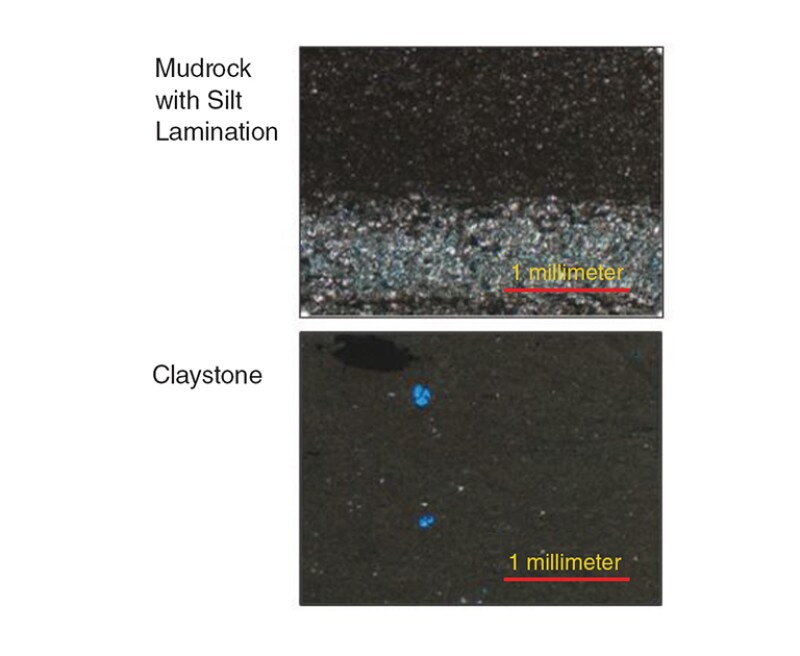Rock physics models are often perceived as too complicated and dependent on too many difficult-to-measure parameters to be of practical use for reservoir characterization. In the complete paper, the author demonstrates how careful calibration of a common and simple rock physics model can provide valuable insights into the reservoir and seal elastic properties such as function of porosity, fluid, and mineral properties and net-to-gross. The model can be used for quantitative seismic interpretation of reservoirs with variable net-to-gross and porosity away from well control.
Methodology
Rock physics describes the application of fundamental physical principles to establish the elastic properties of porous rocks as a function of their mineral composition, pore fill, and microstructure and texture. Once a suitable rock physics model is calibrated locally, the use of seismic data to estimate reservoir rock and fluid properties from the elastic rock properties is possible—specifically, from the observed seismic amplitudes and if seismic data were inverted from the seismically derived acoustic and shear impedances.


